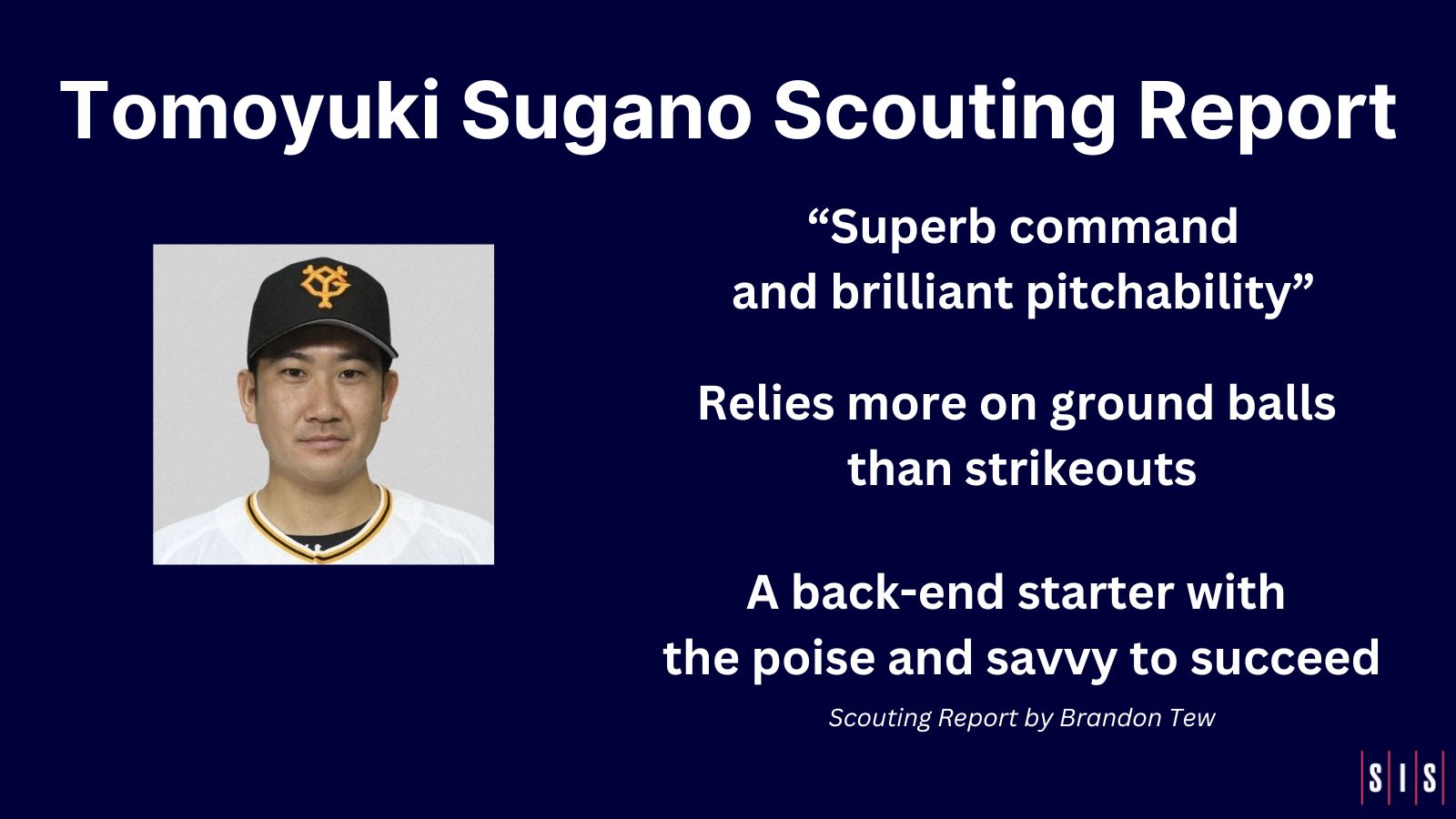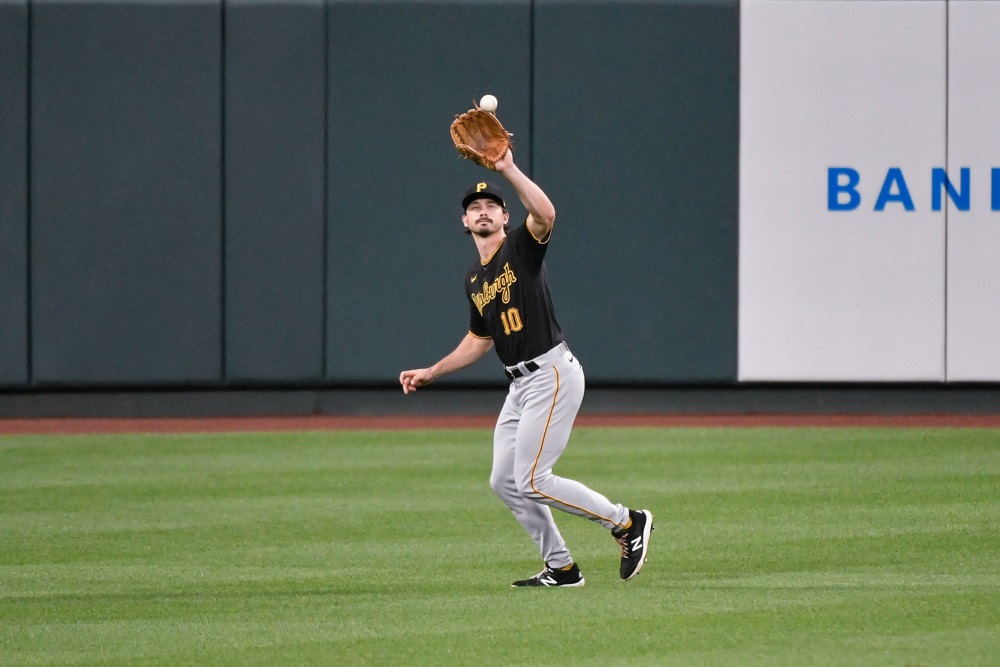by PATRICK ROWLEY
Earlier this offseason, a number of writers were talking about how Bryce Harper’s vicious, left-handed swing was “made for Yankee Stadium,” making pinstripes a perfect fit for the young star who grew up a Yankees fan.
That thought intrigued us, so we looked a bit deeper to see which ballpark would be an ideal fit.
In 2018, Yankee Stadium ranked second in park factors for HRs as a LHB with a factor of 132, just behind Angels Stadium’s 134. Last season Harper pulled 42 percent of balls in play, not far from his career pull percentage of 39 percent, which looks perfect for a stadium in which the fence is 314 feet down the right field line (much to the ire of opposing teams).
Digging a bit deeper into the splits shows that the frequency with which Harper pulls balls in play is skewed dramatically by his ground ball tendencies, pulling 62 percent of grounders to the right-third of the field However, on fly balls, Harper hit the ball the other way 50 percent of the time and pulled the ball just 16 percent.
As park factors are better at showing league trends than individual performance, our R&D department then looked at every Bryce Harper fly ball over the last two seasons and calculated how many of the flies would have gone out at each park.
We then divided by his total number of games played over the last two seasons and multiplied by 81 to bring it in to the context of a full season’s worth of games at the home park.
A few caveats to this exercise: we were unable to incorporate factors such as wall height, atmosphere, and wind speed and direction in these calculations. To account for this, a five-foot cushion was incorporated into the calculation, giving the total he likely would have hit at each park.
The results came out with Yankee Stadium as just the 10th best park for Harper to pick up a few extra homers on the season. Citizens Bank Park, on the other hand, was second with about 24 balls projected to go out. For context, the difference between Citizens Bank Park and Nationals Park was 5.7 extra home runs at home over a season.
Conservatively rounding down, an extra five homers this season would have brought Harper’s total up to 39 (good for tied for 4th in baseball). Depending on what the original result of these batted balls were, Harper’s OPS would jump from .889 (16th) to anywhere between .908 (if all the added home runs were originally doubles) to .933 (if they were originally outs). Manny Machado, for those interested, had a .905 OPS this season, good for 11th.
We’re not the only ones to feel confident about Harper’s home run performance. A study earlier this winter came to a similar conclusion.
Also noteworthy is the lone park that came out ahead of Citizens Bank Park- Minute Maid Park in Houston. On November 10, Ken Rosenthal of The Athletic wrote an article about how Houston and Washington had a deal in place to move Harper ahead of the non-waiver trade deadline that was ultimately rejected by Nationals ownership. As we mentioned, we were not able to put these balls into context with wall height, so it’s fair to assume at least a few of these would end up as doubles or even long singles considering the 19-foot high wall in left field, but it’s fun to imagine how things could have shaken out differently if the Astros had Harper in the lineup in their title defense.
With this said, the Astros were never concretely connected to the 26-year old superstar this offseason, whereas the Phillies had said they were willing to pay “stupid money” and appeared to be the most aggressive suitor in the Harper sweepstakes. This could be both the best available financial option for Bryce as well as the best statistical career option for him in the long run.
Oh, and by the way, Harper doesn’t even come out as the biggest home run gainer using this system. New Phillies catcher J.T. Realmuto comes out eight home runs ahead if we compare Citizens Bank Park to Marlins Park.


